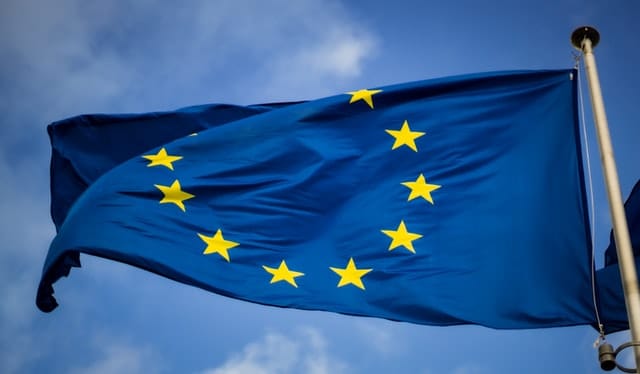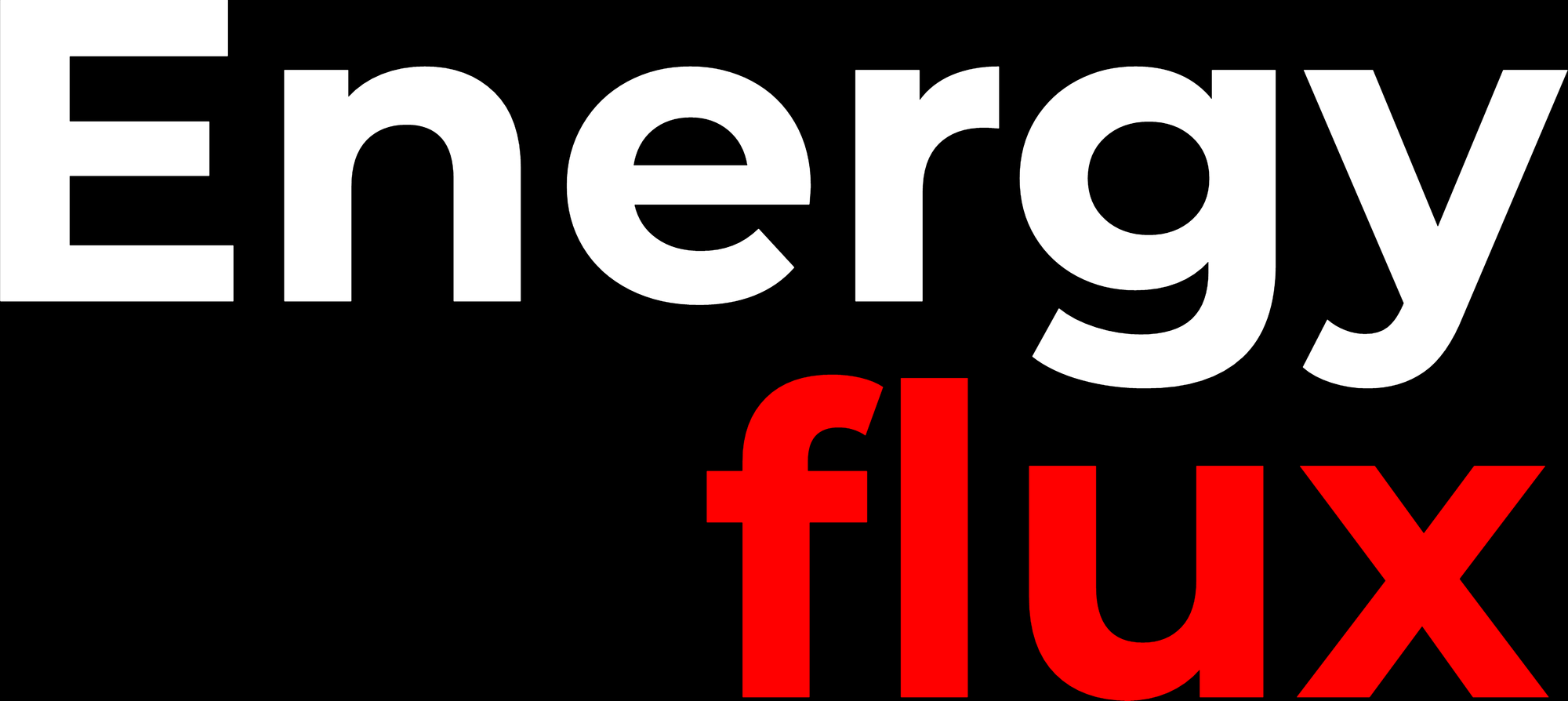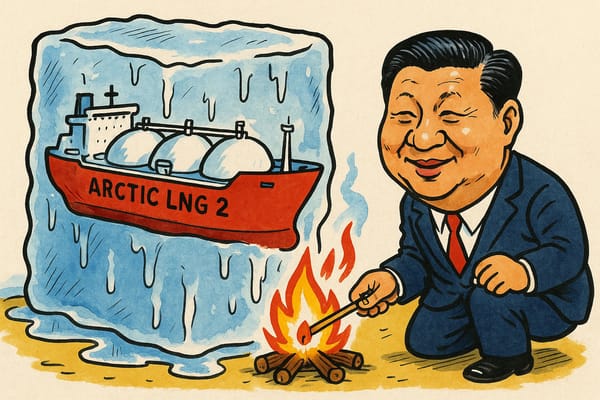EU tearing itself apart over nuclear, gas, carbon and Russia
Plus: Coal burn breaks records, lithium = kryptonite + MORE


Member discussion: EU tearing itself apart over nuclear, gas, carbon and Russia
Read what members are saying. Subscribe to join the conversation.





